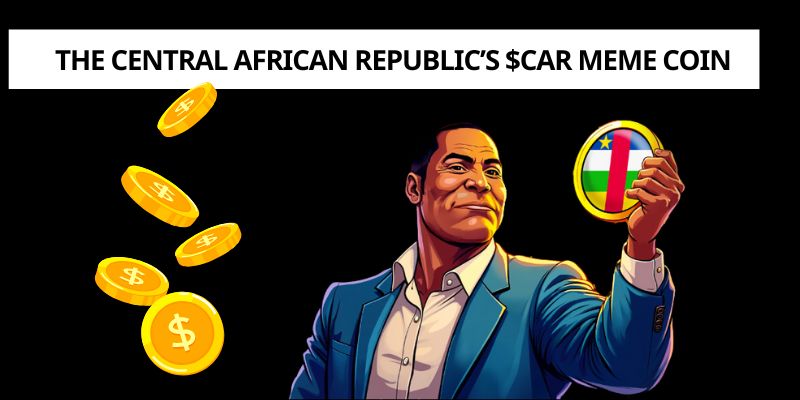In the annals of cryptocurrency history, few stories are as emblematic of the sector’s early excesses and pitfalls as the saga of Centra Tech. Launched in 2017, Centra Tech promised to revolutionize the way people used digital assets, offering a crypto debit card that would bridge the gap between cryptocurrencies and everyday purchases. Behind the marketing glitz, however, lay a web of deception that would ultimately unravel in spectacular fashion, leaving investors out millions and its founders facing prison sentences.
The Vision: Crypto in Your Wallet
Centra Tech was founded by Sohrab Sharma, Raymond Trapani, and Robert Farkas, three young entrepreneurs who capitalized on the surging interest in cryptocurrencies during the 2017 bull market. Their flagship product, the “Centra Card,” was marketed as a Visa-backed debit card allowing users to spend cryptocurrencies like Bitcoin and Ether seamlessly at any merchant accepting Visa or Mastercard. The company’s initial coin offering (ICO) quickly raised $32 million, fueled by slick marketing, celebrity endorsements from the likes of Floyd Mayweather and DJ Khaled, and the promise of a tangible link between the digital and physical financial worlds.
The founders projected an image of success and credibility, touting a team with Ivy League credentials and deep experience in finance. Social media posts featured luxury cars and lavish lifestyles, reinforcing the narrative that Centra Tech was not just a tech startup, but a phenomenon poised to disrupt global finance.
Cracks in the Facade
Despite the hype, cracks began to appear almost immediately. Crypto analysts and journalists, including Nathaniel Popper of The New York Times, raised questions about the legitimacy of Centra Tech’s executive team and the feasibility of its core product. Investigations revealed that many of the company’s claims were outright fabrications: the supposed CEO “Michael Edwards” did not exist, and the company’s partnerships with major financial institutions like Visa and Mastercard were entirely fictitious.
The company’s downfall accelerated when the Securities and Exchange Commission (SEC) filed a complaint, alleging that Centra Tech had misled investors and sold unregistered securities. The founders’ attempts to portray themselves as industry disruptors quickly gave way to a narrative of deception and fraud.

Legal Reckoning
The legal consequences for Centra Tech’s founders were swift and severe. Sohrab Sharma pled guilty to conspiring to commit securities fraud, wire fraud, and mail fraud, receiving an eight-year prison sentence. Robert Farkas and Raymond Trapani also pled guilty to related charges, with Farkas serving a year in prison and Trapani receiving time served after cooperating with authorities.
The Centra Tech case became a touchstone for regulators and investors alike, highlighting the risks inherent in the largely unregulated world of ICOs and the importance of due diligence. The story was later chronicled in the Netflix documentary “Bitconned,” which delves into the personalities behind the scam and the broader implications for the cryptocurrency industry.
Lessons for the Industry
Centra Tech’s meteoric rise and fall serve as a cautionary tale for both investors and entrepreneurs. The allure of quick profits and disruptive technology can often mask fundamental flaws—or outright fraud. The case underscores the need for transparency, regulatory oversight, and skepticism in a sector that continues to attract both innovation and malfeasance in equal measure.
As digital assets move toward mainstream adoption, the legacy of Centra Tech is a reminder that substance must always trump style. For every legitimate breakthrough, there are projects built on little more than hype and hollow promises. The responsibility lies with all participants—developers, investors, and regulators—to ensure that the next wave of innovation is built on a foundation of trust and accountability.

